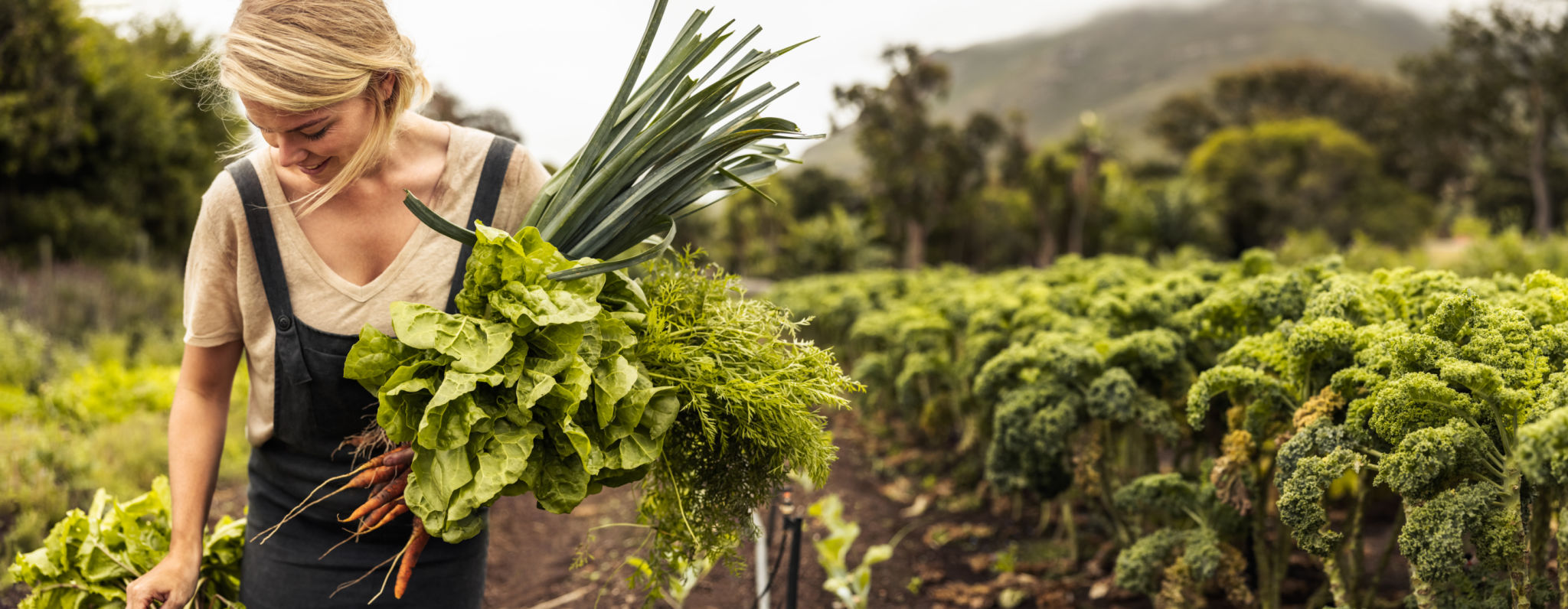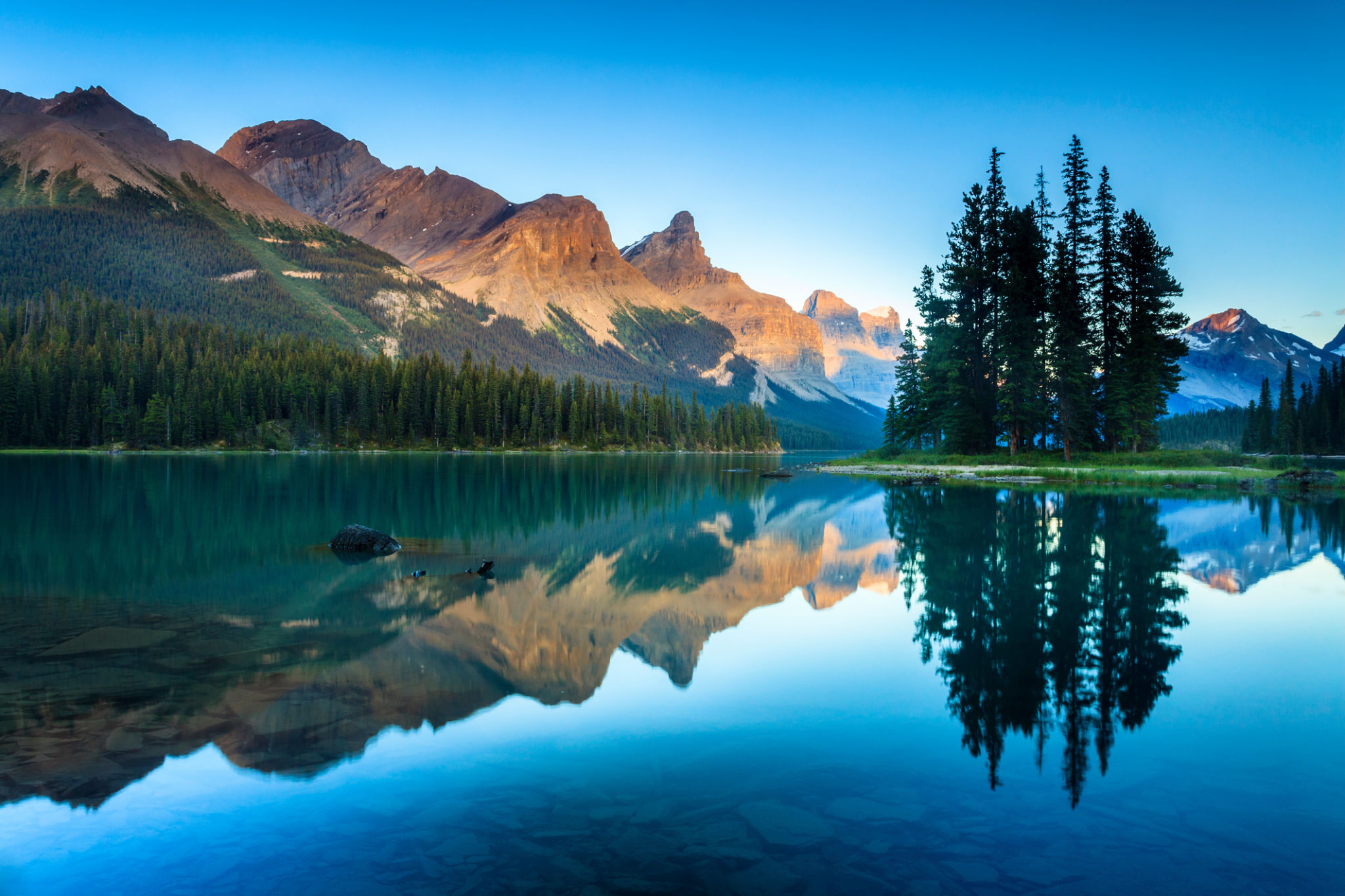Myth-Busting: Common Misconceptions About Sustainable Landscaping
MA
Understanding Sustainable Landscaping
Sustainable landscaping is a growing trend in the gardening and environmental community, yet it is often surrounded by misconceptions. As more people become interested in eco-friendly practices, it’s essential to clear up these myths to encourage wider adoption. Let's explore some common misconceptions about sustainable landscaping and set the record straight.

Myth 1: Sustainable Landscaping Is More Expensive
One of the most prevalent myths is that sustainable landscaping is costlier than traditional methods. While the initial investment in native plants or installing rainwater harvesting systems may seem high, the long-term savings are significant. Sustainable landscapes often require less water, fewer pesticides, and minimal maintenance, leading to reduced costs over time.
Moreover, choosing local materials and plants that thrive in your climate reduces the need for replacement and care, ultimately saving money. By focusing on the long-term benefits, sustainable landscaping proves to be cost-effective.
Myth 2: Sustainable Landscaping Is Labor-Intensive
Another common misconception is that sustainable landscaping requires more effort and time. In reality, once established, a sustainable landscape can be easier to maintain than a traditional one. Native plants are adapted to local conditions and often require less watering, fertilizing, and pest control.

By allowing natural processes like composting and mulching to work for you, sustainable landscapes can reduce the need for regular upkeep. This approach not only saves time but also promotes a healthier ecosystem.
Myth 3: Sustainable Landscaping Lacks Aesthetic Appeal
Some people believe that sustainable landscapes are less attractive than conventional gardens. However, this couldn't be further from the truth. Sustainable landscapes can be designed to be just as beautiful and diverse as traditional ones. By incorporating a variety of native plants, textures, and colors, you can create a visually appealing garden that also supports local wildlife.
Furthermore, sustainable designs can be tailored to fit any style or preference, from modern minimalist to lush and vibrant. Embracing creativity in sustainable landscaping can result in stunning outdoor spaces that are both functional and beautiful.

Myth 4: Sustainable Landscaping Only Works in Certain Climates
Many people think that sustainable landscaping is only feasible in specific regions or climates. However, sustainability principles can be applied anywhere by selecting the right plants and strategies for your area. Whether you live in a desert, temperate, or tropical climate, there are sustainable options available to suit your needs.
By researching and understanding your local environment, you can implement practices that enhance your landscape's resilience and sustainability regardless of location. This adaptability makes sustainable landscaping accessible to everyone.
Conclusion: Embracing Sustainability
Debunking these myths highlights the practicality and appeal of sustainable landscaping. It's a forward-thinking approach that benefits both homeowners and the environment. By understanding and embracing sustainable practices, we can create landscapes that are not only beautiful but also support ecological health.
If you're considering a shift towards sustainable landscaping, remember that every small change contributes to a larger positive impact. Whether it's planting a native tree or setting up a rainwater collection system, your efforts make a difference.
